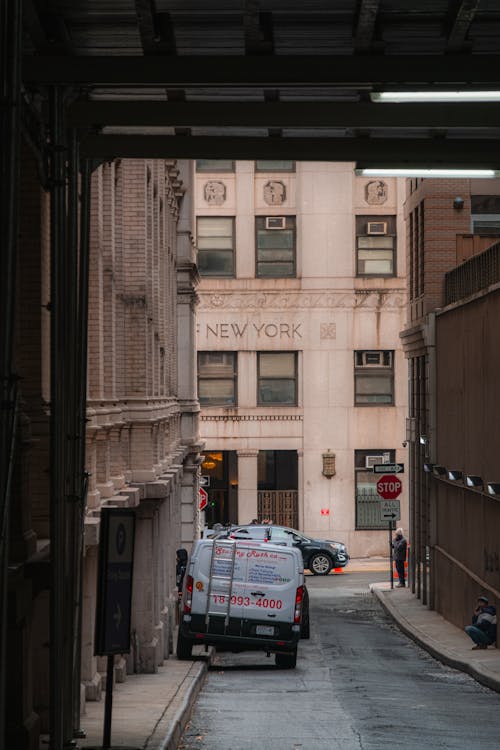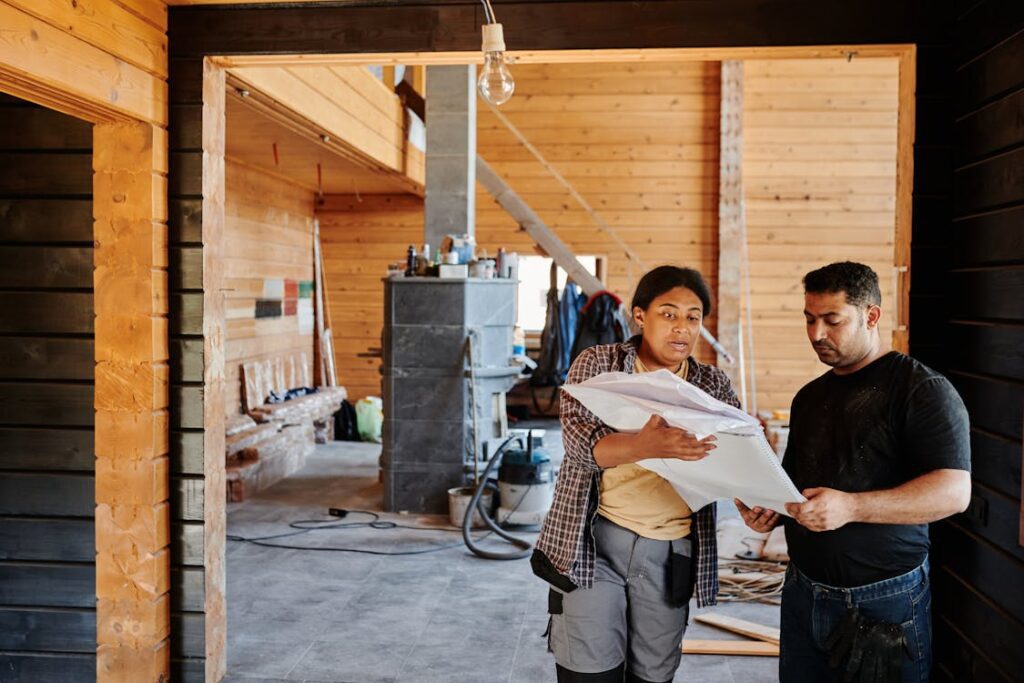In New York, real estate development isn’t just expensive—it’s unforgiving. In 2023, the average construction cost per square foot in NYC hit $506, the highest in the U.S. But beyond rising costs, developers face a web of regulations, historical overlays, and lender scrutiny. One wrong step can stall financing—or stop your project entirely.
Securing real estate development financing in New York requires precision, preparation, and a sharp understanding of what can go wrong.
This guide breaks down the most common pitfalls in NY property financing—and how to avoid them.
Why Real Estate Development Financing Matters in New York
Building in New York City is no small feat—especially when it costs an average of $5,723.10 per square meter, the highest in the world for the second year in a row. With costs rising 5% year-over-year, securing real estate development financing isn’t just helpful—it’s essential.
Without strong financial backing, even well-planned projects can stall under the pressure of land acquisition, labor, materials, and compliance costs. Development loan providers help bridge that gap by offering the capital needed to break ground and move projects forward in one of the most expensive construction markets on the planet.

Now let’s take a look at common pitfalls in NY property financing to work toward success.
1. Environmental Reviews: A Hidden Financing Barrier
One of the most underestimated issues developers face is environmental compliance. New York has strict rules around site contamination, wetlands, air quality, and hazardous materials. If your property triggers SEQRA (State Environmental Quality Review Act) or CEQR (City Environmental Quality Review), expect delays—and potential financing disruptions.
What You Need to Know:
- Phase I ESA is mandatory: Most development loan lenders in New York won’t move forward without a clean environmental report. If issues are found, a Phase II ESA or remediation plan may be required.
- Brownfield properties: Financing is possible—but only with a solid cleanup plan. The NYS Brownfield Cleanup Program offers incentives but increases documentation requirements.
- Environmental restrictions delay closing: If you don’t start environmental testing early, you risk dragging out the loan approval process by weeks or months.
2. Landmark and Zoning Restrictions
Development in New York involves review by the Landmarks Preservation Commission (LPC). This affects design, materials, construction methods—and financing.
Lender Concerns:
- Design approvals take time: Lenders view LPC involvement as a timeline risk. Delays can impact your draw schedule and funding flow.
- Zoning overrides financing assumptions: If your proposed use conflicts with local zoning, or if you’re waiting on a variance, lenders may delay or deny funding.
Tip: Get a zoning analysis from a land use attorney or planner early and include it in your loan package.
3. Lender Expectations Are Higher in NY
Development loan providers in New York are cautious—and for good reason. The city’s projects often run into unexpected costs and community opposition.
Here’s What They Expect:
1. Detailed Cost Breakdown
- Include hard costs (construction, labor) and soft costs (permits, legal, insurance).
- Add minimum 10–15% contingency to account for inflation and delays.
2. Entitlements and Approvals
- Lenders prefer shovel-ready projects. If permits or variances are pending, it’s harder to secure capital.
- Share proof of application filings, board approvals, or community board support.
3. Experienced Development Team
- First-time developers are rarely funded without a proven partner.
- List past completed projects, especially those in New York or similarly regulated urban markets.

4. Clear Exit Strategy
- Lenders want to know how and when they’ll get repaid.
- Show pre-sale contracts, lease-up timelines, or refinance plans.
1. Title and Legal Issues
A clouded title can halt funding instantly. New York has a complex history of multi-party ownership, air rights transfers, and tax liens.
Common Title Issues:
- Easements or encroachments that weren’t disclosed.
- Pending litigation involving the land or previous owners.
- Air rights that haven’t been properly acquired or recorded.
Always conduct a full title search and legal review before applying for funding.
2. Appraisal Gaps and Valuation Challenges
In high-cost areas appraisals often trail behind aggressive purchase prices. This creates a loan-to-value (LTV) mismatch, especially for new construction.
What to Watch For:
- Lenders will lend based on appraised value, not your purchase price or pro forma.
- If you’re buying off-market or pre-entitled land, justify your valuation with recent comps, broker opinions, and cost-to-build estimates.

6. Slow Paperwork = Missed Deadlines
In New York, paperwork moves slowly—especially if you’re dealing with city agencies. But lenders won’t wait forever.
Avoid Delays By:
- Gathering environmental, architectural, and legal documents before applying.
- Responding to lender queries within 24–48 hours.
- Working with a development loan providerwho understands New York’s pace and regulations.
Consult Expert Development Loan Lenders from Insula Capital Group
Ready to avoid financing missteps and move your New York development forward with confidence? Insula Capital Group understands the unique challenges of NY real estate development and offers flexible development financing solutions to help you succeed.
Connect with our development loan lenders today to secure the support and financing you need to get your project off the ground—without unnecessary delays.




